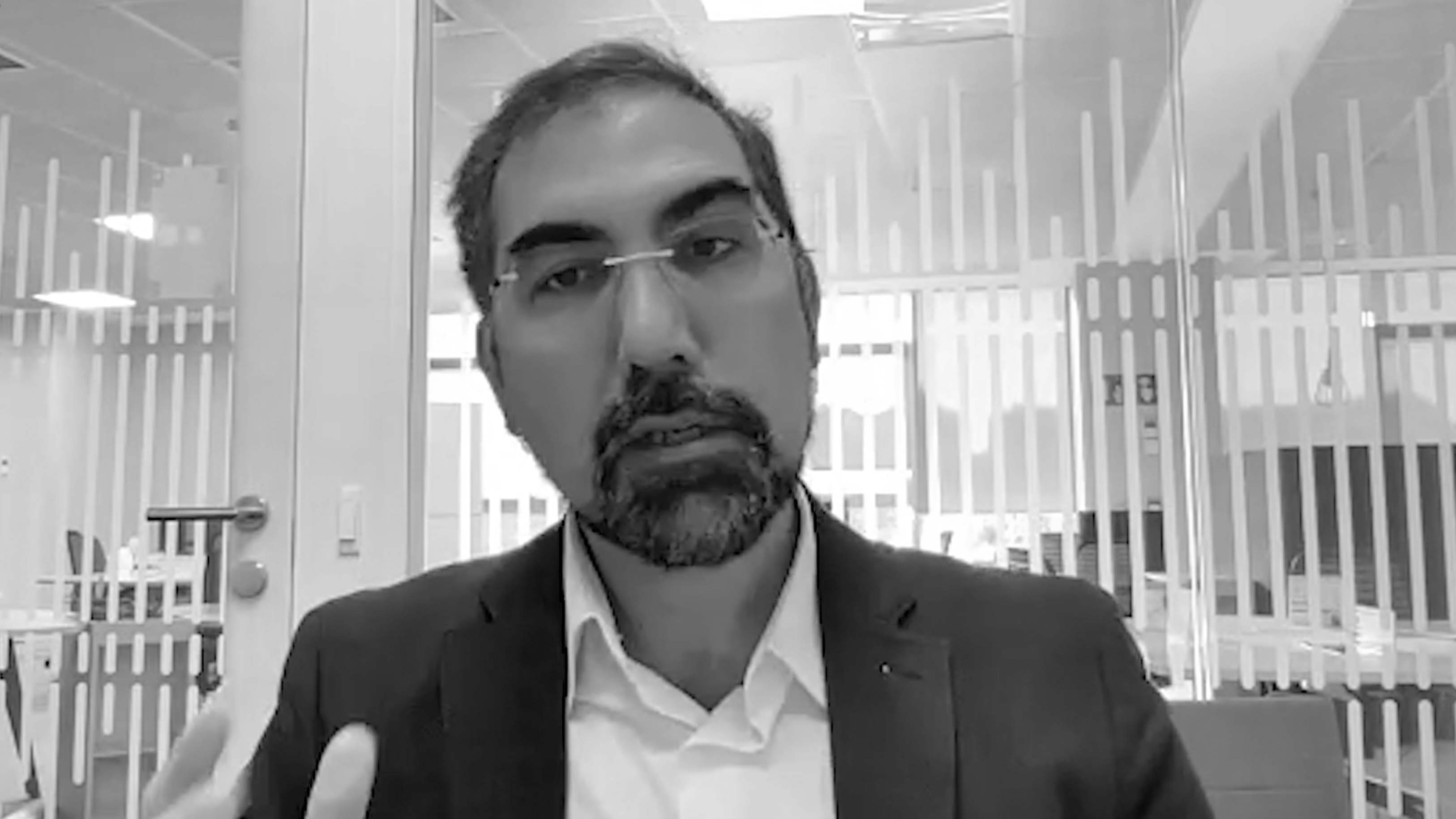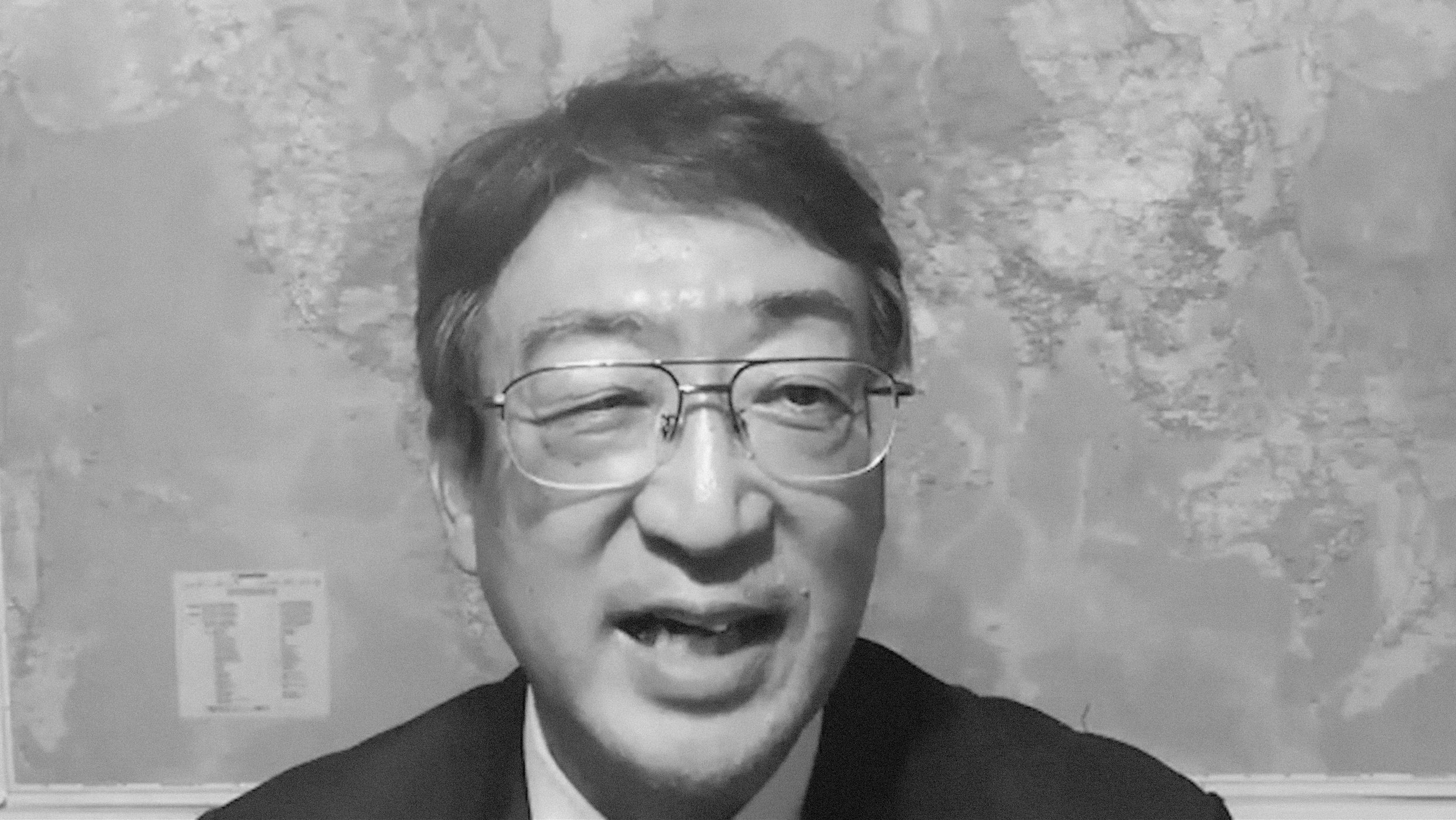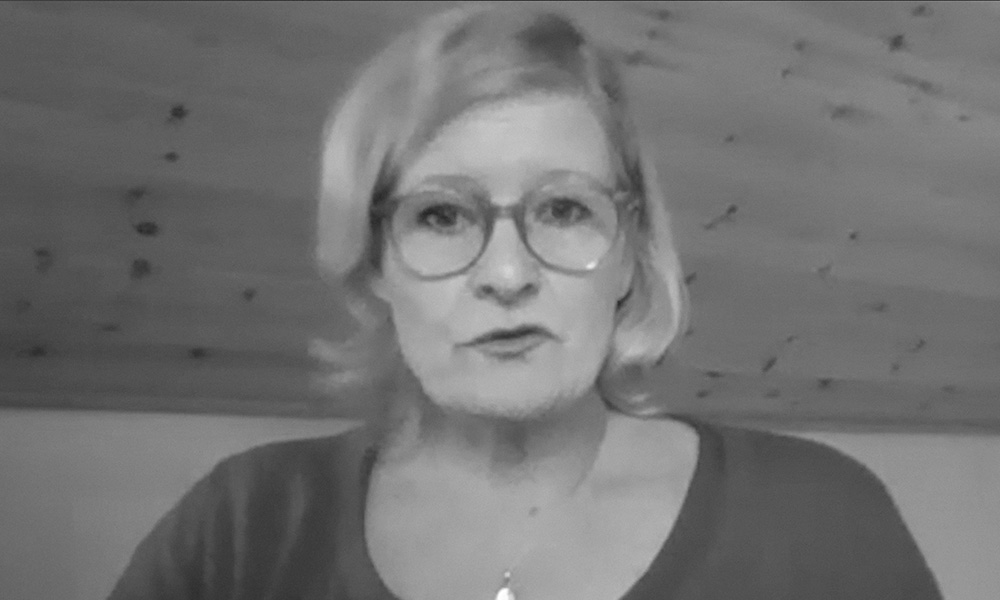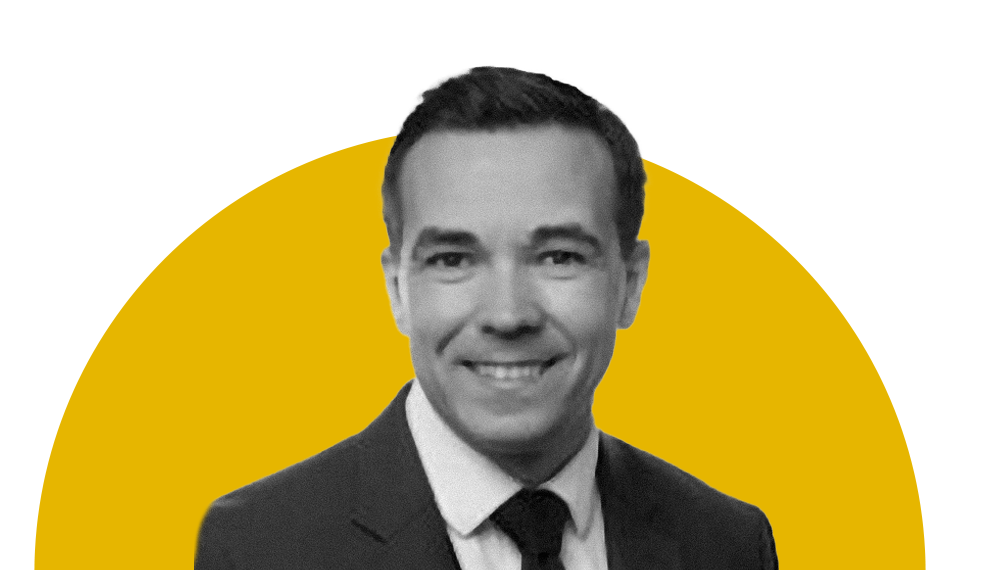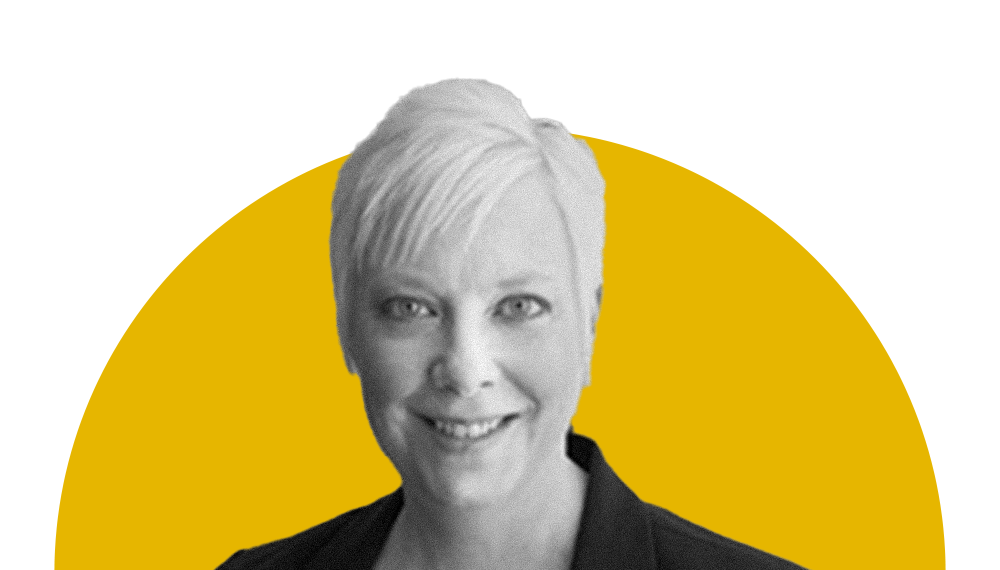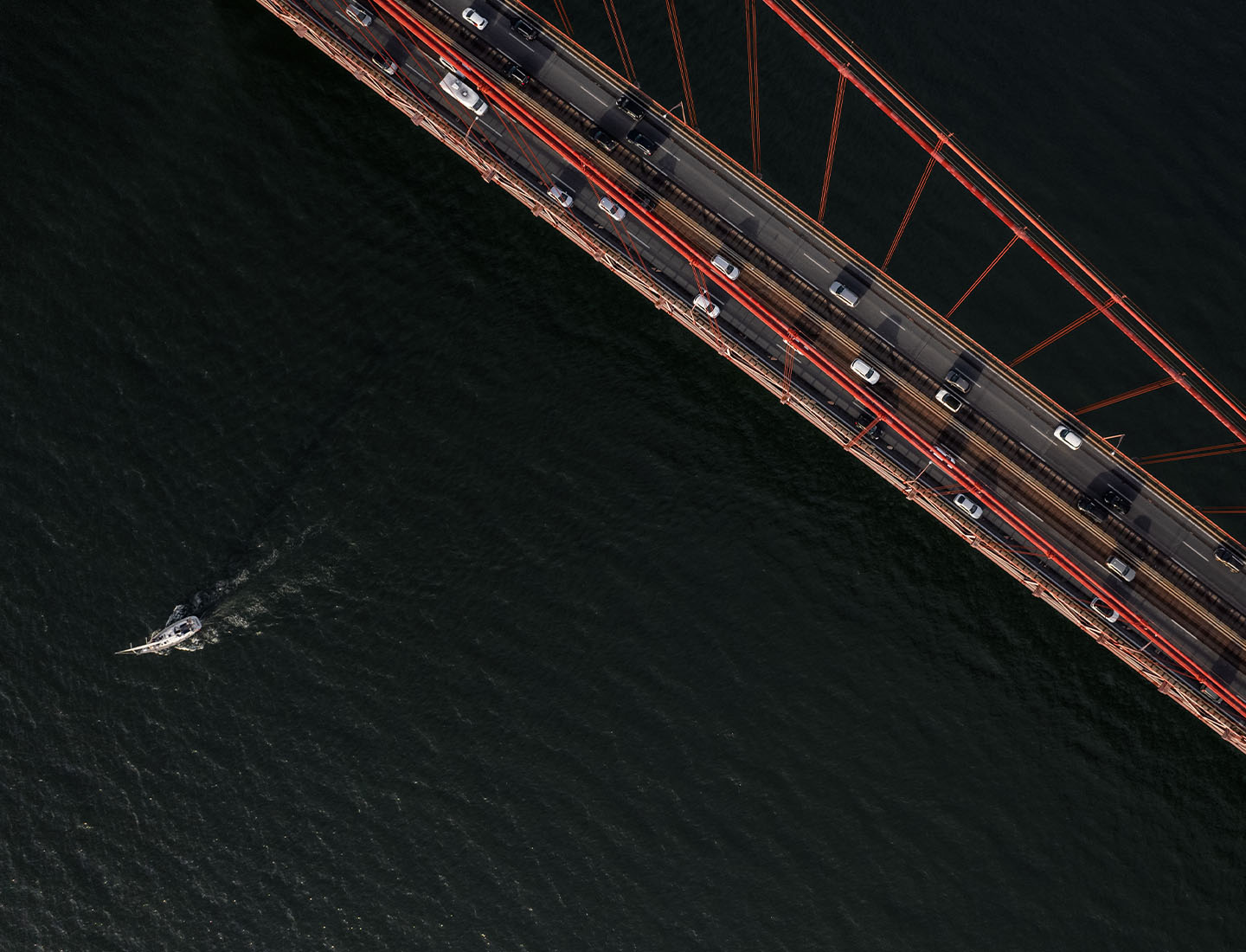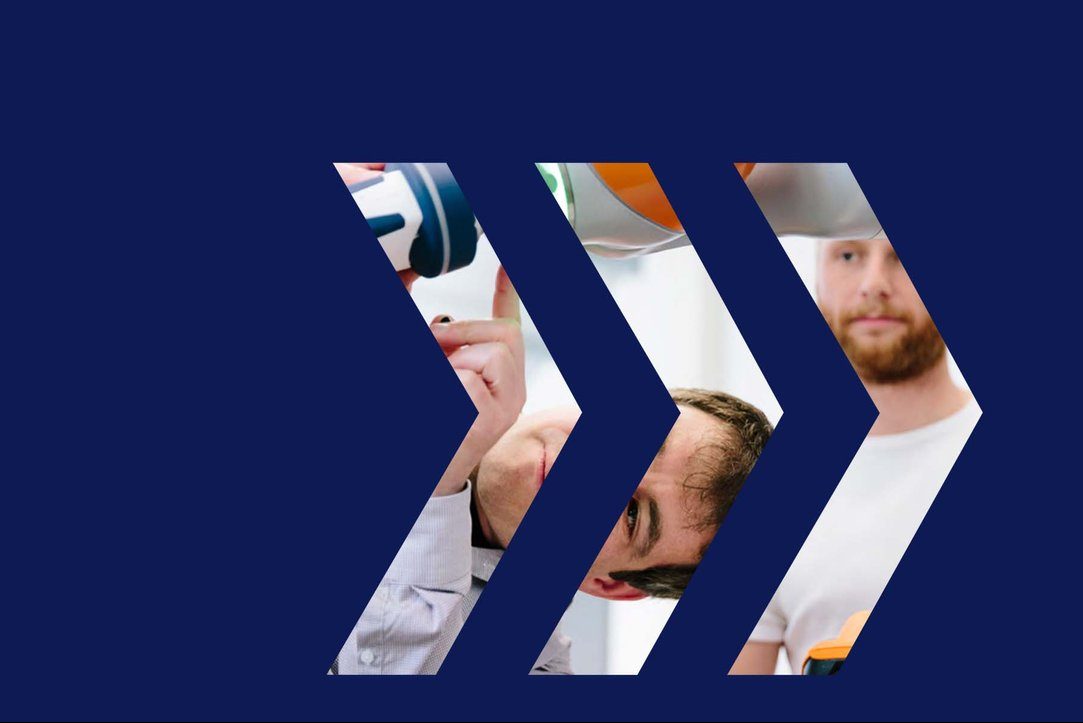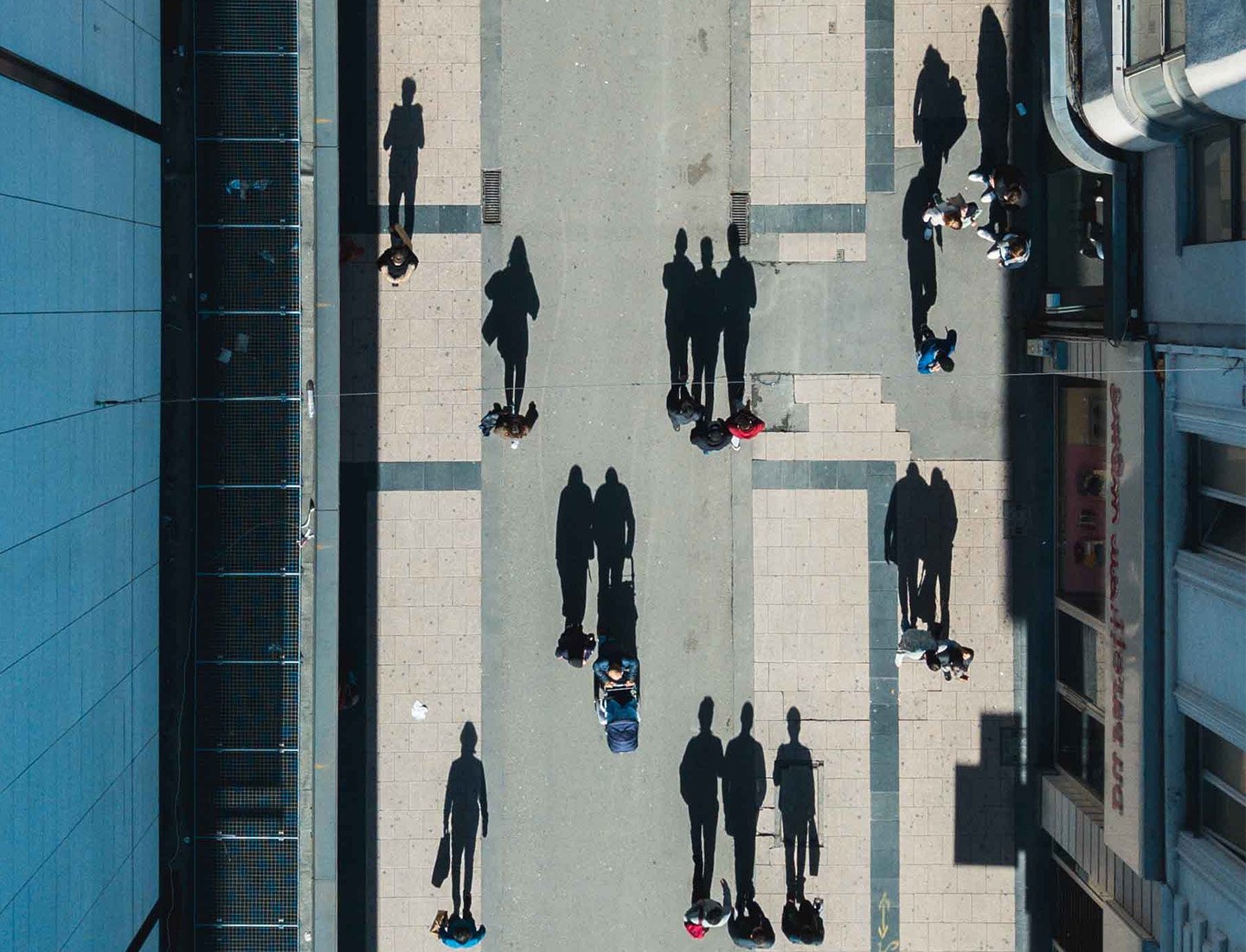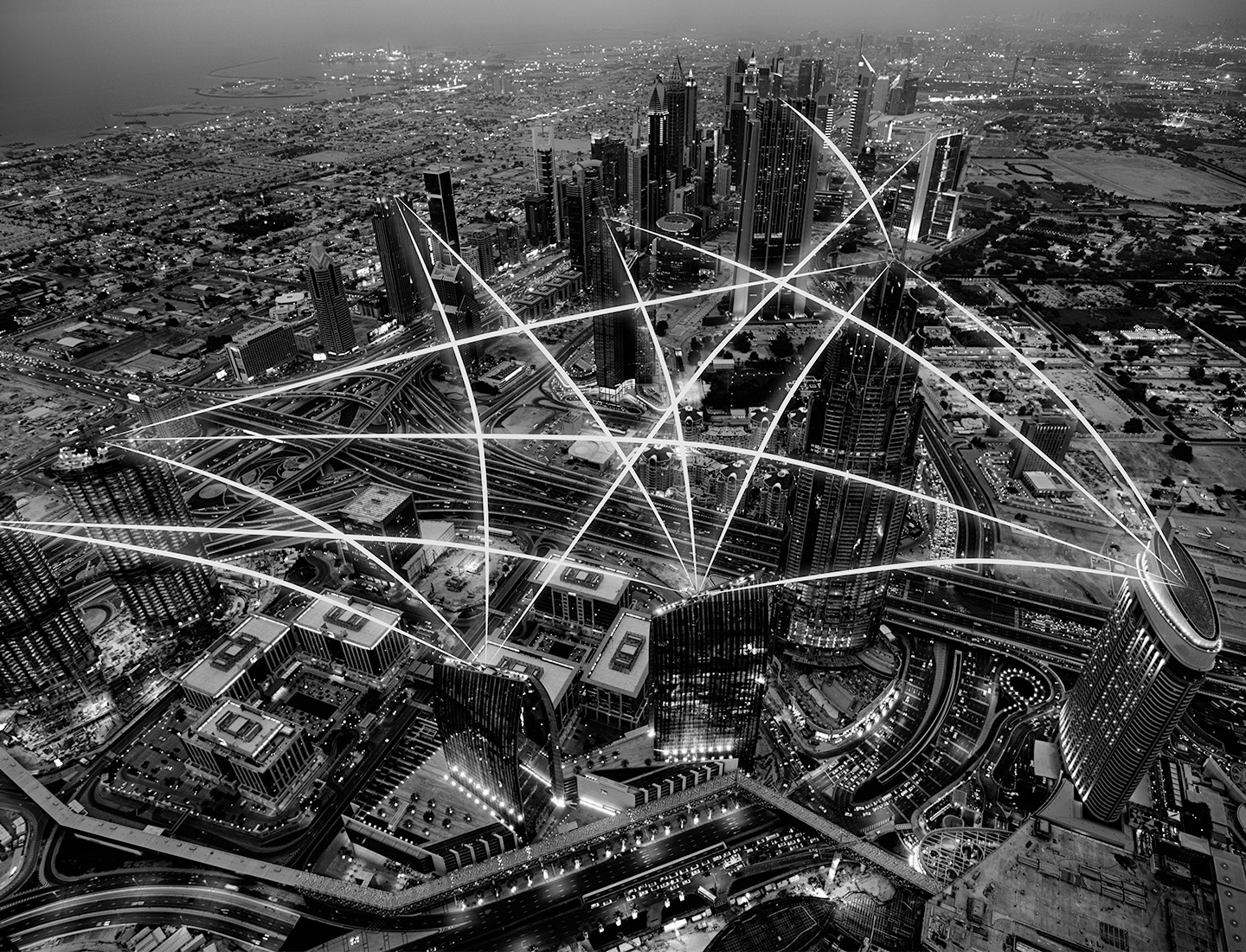
Unsplash/ Refargotohp
The world of work is experiencing unprecedented levels of change, brought about by a pandemic that has consigned many traditional working practices to the waste bin of history and replaced them overnight with home-working.
In the US, remote working grew from 6% of the workforce to a point where, in just two years, almost 10 times as many (59%) workers whose jobs could be done from home choosing to do so. However, many organizations have yet to recognize that we are on the cusp of moving away permanently from yesterday’s in-person, five-days-a-week working model.
Working environments, of course, are not just made up of the physical office space. The psychological environment must be safe and healthy too; work can be stressful at the best of times, and unfortunately in some organizations remote working, among other things, has spawned an unpleasant toxicity. Leadership styles, relationships with colleagues and all the hard and soft values that make up a corporate culture need to be taken into account when redesigning any work environment, to ensure that it is protective as well as productive.
The pandemic gave many workers unprecedented flexibility and they are keen to defend their newfound freedom, to the point where they are prepared to change jobs if they don’t get what they want. The ‘Great Resignation’ has shown the willingness of many to walk away, with some choosing early retirement over the stresses and strains of the workplace.
What we are seeing is a recalibration of how and where work is done, leading to the emergence of new human-centric companies.
So, while some employers may vigorously demand an all-or-nothing return to the office, the genie is out of the bottle and it won’t go back in. What we are seeing is a recalibration of how and where work is done. When it comes to creating tomorrow’s workplace, flexibility rather than location is now the mantra. This is leading to the emergence of new human-centric companies, shaped far more around the needs of employees rather than shaping employees to fit the organization.
The new role of HR
Successfully creating such organizations will depend in no small part on the performance of HR departments, which must find ways to accommodate both physical and virtual work environments that extend beyond the corporate four walls and into the homes of employees.
When over 1,000 current and former employees at Apple, one of the world’s most innovative companies, have argued in an open letter that “office-bound work is a technology from the last century”, it shows that moving to a different model is going to require a major shift in leadership thinking.
HR has a vital role to play by educating management about what workers want and need – taking a stand against top-down, one-size-fits-all initiatives.
Here again, HR has a vital role to play by educating management about what workers want and need – taking a stand against top-down, one-size-fits-all initiatives. There can be no hiding behind excuses about home-working leading to a drop in productivity. Far from that, many studies suggest that more gets done. One experiment in China showed that home-working led to a 13% performance increase, and a survey in the US found that 45% of remote workers found team performance had improved during the past two years.
One of the big challenges is that there can be no micromanagement in the new work order. Digital monitoring, for instance, which generates so-called worker productivity scores, may give employers a sense of control – but ultimately it destroys trust and results in ‘performative’ work, including virtual presenteeism as people vie to be demonstrably visible by attending unnecessary virtual meetings. As Ryan Fuller, Microsoft’s former Vice President for Workplace Intelligence notes: “We’re in this era of measurement but we don’t know what we should be measuring.”
A time of transition
This doesn’t mean that the physical office is irrelevant, only that its role has changed. Once it was the place where everybody went because it was where the tools, people and resources you needed to do your job were. Now it’s less a place for deep work (home is generally much better for this), and more a place for collaboration. Brainstorming sessions or decision-making meetings may require gathering people together, but much work is just heads-down execution that can be done where and whenever.
If there are initiatives to bring people back into the office, HR needs to be the honest broker to ensure employees are fundamentally involved in their development. So, rather than gathering data from surveys or one-on-one discussions to come up with solutions, employees from across functions and roles should be involved in a far more inclusive and egalitarian way.
The real answer here is to talk to them and really listen to what they say. When employees are part of designing a new workplace architecture, they are far more likely to use it.
If you can, discover what makes office life a negative experience for employees. Surveys take you so far, but the real answer here is to talk to them and really listen to what they say. When you know what’s annoying them, then you can begin to design out the pain-points, with successive iterations resulting in ever-improving solutions. When employees are part of designing a new workplace architecture – that is inspiring and conducive to a good office experience – they are far more likely to use it.
Of course, this same thinking must carry over into ensuring your IT infrastructure is a help rather than a hindrance, whether in the office or working remotely – no complex or unreliable logins, and information available where you expect to find it, in real-time. For workers splitting their time between the corporate office and their home office, the transition between the two environments must be seamless.
People-shaped progress
By using approaches such as design thinking, it’s possible to better understand what employees like and dislike about their work environment and then create a better structure – one that recognizes empathy and human connectivity as much as process. Doing this requires HR to reimagine all aspects of work, and effectively take on a new role – more ‘experience architect’ than process developer.
This June at NTT DATA Romania, for instance, we launched a redesign project centered on our People Experience (reflecting our belief that our work environment is a place of equals, we prefer to use the word ‘people’ rather than ‘employee’), as a means to upgrade our HR processes as well as reposition our value proposition for the workforce.
We now have a highly diverse, 9-strong project team, all of whom have been trained in design thinking methodologies. They’re asking the right questions first, before coming up with any solution. In practice, this means they are talking to people about their experiences at work, and then using tools such as empathy maps and personas to find new ways to better structure and engage with the incoming data.
As a result, we’re able to generate more innovative and effective ideas to design and test exciting solutions and experimental prototypes, developing what works and either moving on from or improving what doesn’t.
A better workplace
Will such a human-centric workplace be perfect? No workplace is. And the rapid, widespread movement to remote working will certainly raise questions that HR departments will need to resolve in ways that are both creative and equitable.
HR must be ready to relentlessly reinvent itself.
In other words, HR must be ready to relentlessly reinvent itself, and our People Experience redesign is one example of how we are doing so by using human-centric design as a true value driver in our organization.
Building and maintaining culture is certainly also a challenge. But if we are willing to experiment, we will find new ways to foster connection and meet the cultural needs of the workforce. To keep pushing for a return to old ways is to be in denial. We haven’t even touched on the ethical viability of requiring employees to make long, fuel-consuming commutes or using vast quantities of electricity to cool large, overheating glass-sided office towers in a world increasingly impacted by climate change.
So, we need to think positively and wholeheartedly about resolving such conundrums, rather than regard them as hurdles. That means no more mixed messages from leaders who officially encourage flexible working but then don’t commit to it. As Airbnb’s Brian Chesky realized as the company went fully remote: “You can’t fight the future. We can’t try to hold on to 2019 any more than 1950. We have to move forward.”
And that means investing more time, money and energy not on office space, but on people – wherever they choose to work.


